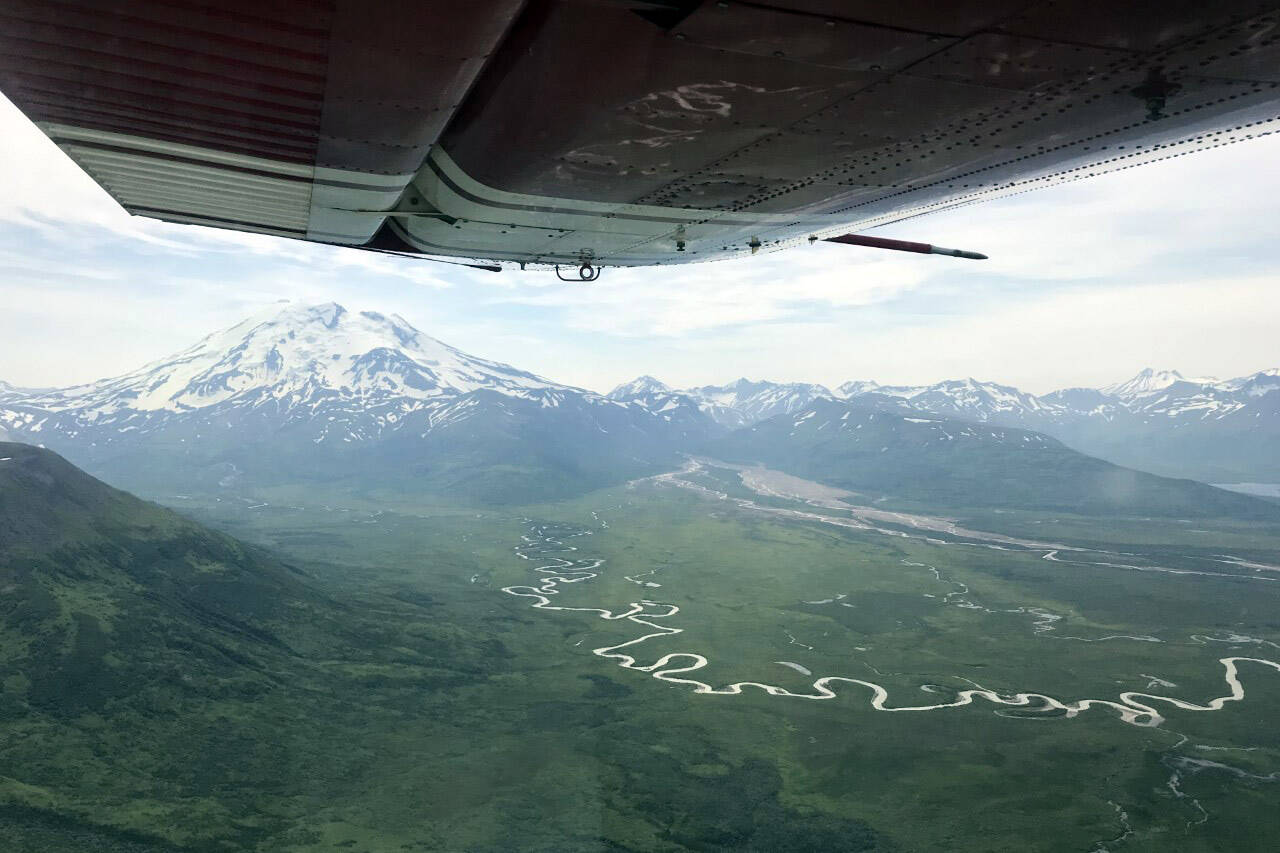Many regard Alaska for its wild and free landscapes and its importance to fish, wildlife, plants and people. However, while most Alaska landscapes are wild and free, invasive species threaten these qualities.
Invasive species on land and in the water can disrupt the visual qualities of the places we enjoy visiting and make life hard for the fish and wildlife that we enjoy watching and are fortunate enough to put in our freezers.
Luckily, compared with the Lower 48, Alaska has relatively fewer invasive species problems. This advantage puts us in a unique place to address invasive species.
While they are relatively few and far between, the efforts we are putting in now will cost less in the long run. Additionally, measures put in today have a greater chance of success toward our ultimate goal of a wild and free Alaska.
Partners across the Kenai Peninsula have had great successes collaborating on many invasive species efforts. For example, the Alaska Department of Fish and Game and Cook Inlet Aquaculture Association have managed northern pike to keep our salmon healthy.
In addition, invasive plants, like Elodea and reed canary grass, are being managed by federal agencies and other organizations like Homer Soil and Water Conservation District and the Kenai Watershed Forum in our area to keep our salmon healthy.
Finally, Kachemak Bay National Estuarine Research Reserve keeps an eye on our oceans and bays to ensure that invasive plants and animals like European green crab do not threaten our marine resources. These are only a few examples of the organizations and activities going on in our area.
Even though our invasive species are relatively few and far between, managing them is a group effort because invasive species do not recognize jurisdictional boundaries. The Kenai Peninsula Cooperative Invasive Species Management Area coordinates the efforts of the many organizations working on invasive species.
Given that the Kenai is “Alaska’s Playground” and so many people recreate here, we are fortunate to have these partnerships in place to detect and treat invasive species.
Across the inlet and to our southwest, the Alaska Peninsula is not immune from invasive species. Although there are few roads and the towns are smaller than on the Kenai, there are still plenty of opportunities for invasive species to arrive.
For instance, floatplanes coming from bodies of water in Southcentral Alaska with Elodea can transport it to more remote locations. In addition, seasonal workers coming in annually for the Bristol Bay fishing season have the potential to bring seeds of invasive plants from all over the world.
Recreationists from across the globe that visit the Alaska Peninsula for hunting, fishing and wildlife viewing can also unintentionally bring invasive hitchhikers from their points of origin. Finally, ships coming into port from worldwide locations could inadvertently bring European green crab, potentially damaging eelgrass beds important to many migratory birds.
The list of threats is long, and the area of the Alaska Peninsula is vast, making accessibility and management difficult at times compared with the Kenai Peninsula. Luckily, invasive species awareness and management have been increasing across the Alaska Peninsula over the last few years and are expected to increase during the foreseeable future.
Some snapshots that exemplify our state’s broadening dedication to invasive species management include a newly formed Kodiak Archipelago Cooperative Invasive Species Management Area, a current effort to reinvigorate an Interior Alaska Cooperative Invasive Species Management Area, and sustained work to control invasive knotweed in Southeast.
While we direct more efforts toward invasive species issues, the landscapes we work within Alaska are immense. Thus, everyone needs help to keep an eye out for invasive species to protect the Alaska we all love.
Learn how to identify, prevent, treat and report invasive species from links on the Kenai Peninsula Cooperative Species Management Area’s website, Facebook page, and YouTube channel at: https://kenaiinvasives.org.
As this week marks National Invasive Species Awareness Week, let’s all commit to a shared vision of keeping Alaska wild and free of invasive species while we watch the snowmelt this spring and plan our summer adventures.
Ben Wishnek is the Early Detection-Rapid Response Project Coordinator for Southern Alaska based out of Kenai NWR. Find more Refuge Notebook articles (1999–present) at https://www.fws.gov/refuge/Kenai/community/refuge_notebook.html and stay connected https://www.facebook.com/kenainationalwildliferefuge.


